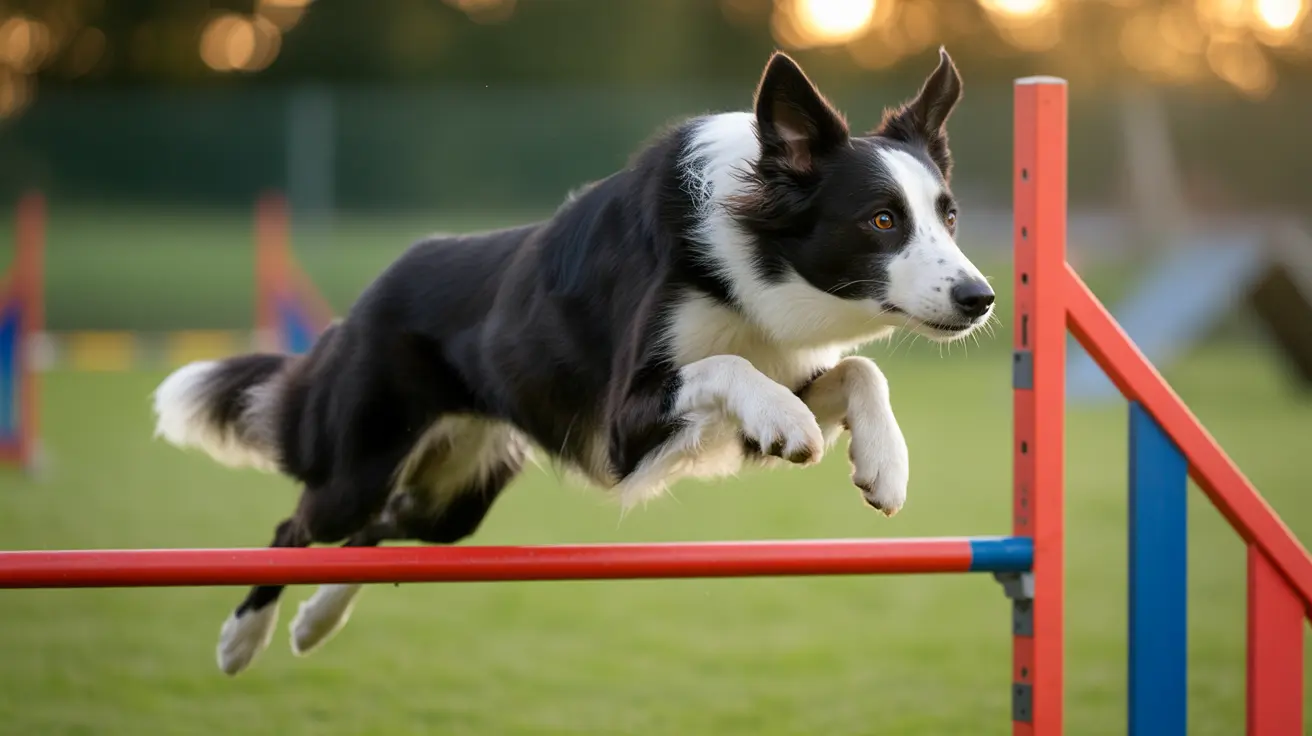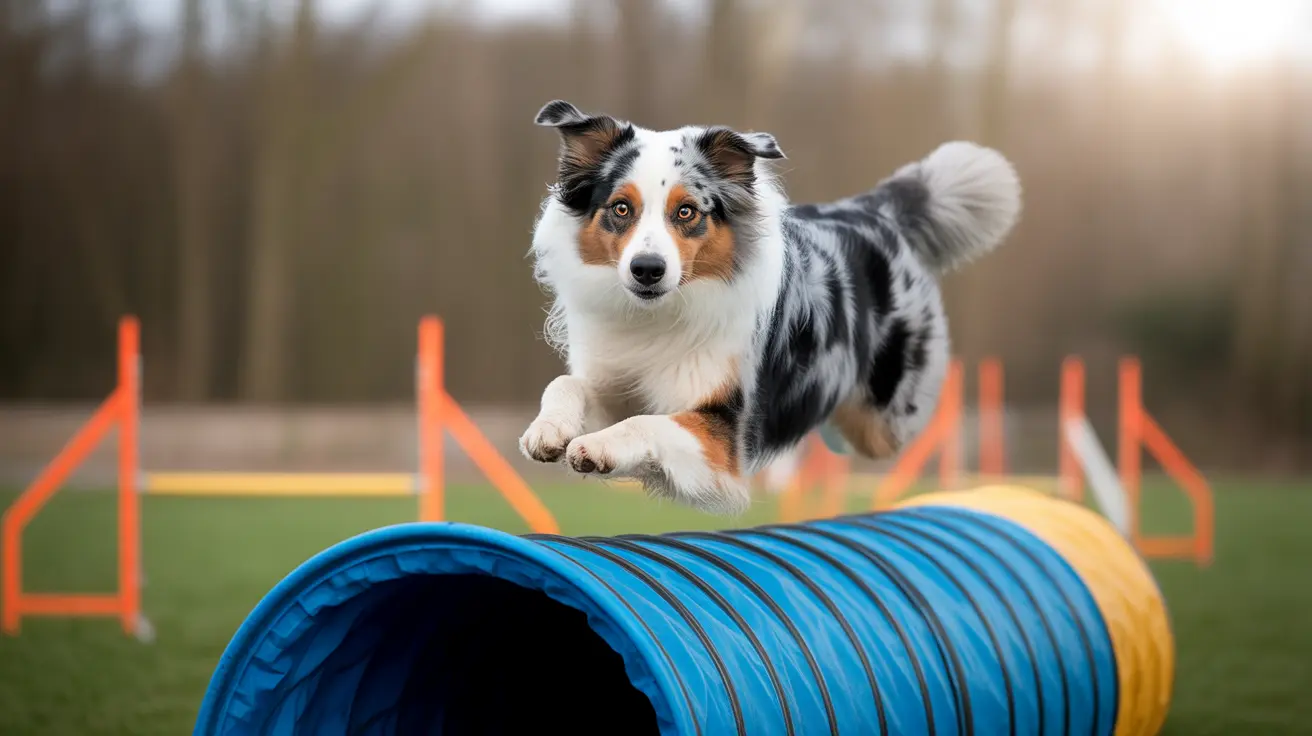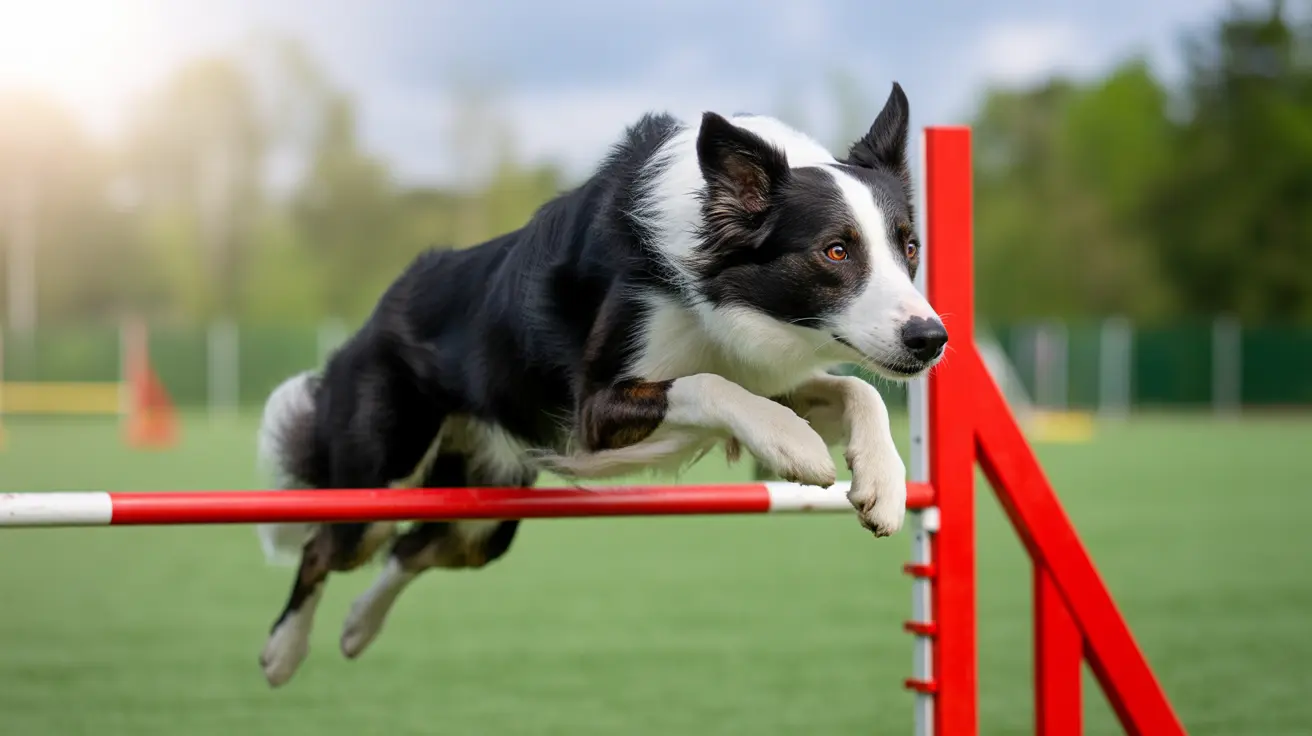The Science Behind Cats' Water Vision
Cats have evolved as predators with vision specifically adapted for hunting and detecting motion. However, this specialized vision comes with some surprising limitations when it comes to seeing still water. Their eyes are designed to excel at spotting moving prey in low light conditions, but they struggle to detect motionless, transparent surfaces like water in a bowl.
Additionally, cats have a significant blind spot directly under their chin, making it challenging for them to see water in bowls placed at floor level. This visual limitation often leads them to prefer running water sources, which are easier for them to detect through movement and sound.
Evolutionary Instincts and Water Preferences
Our domestic cats' ancestors evolved getting most of their hydration from their prey, which contained up to 80% water. This evolutionary background has left modern cats with strong instincts about water sources. In the wild, moving water typically indicates freshness and safety, while stagnant water could harbor harmful bacteria and parasites.
These inherited instincts explain why many cats show such strong preferences for running water from faucets or fountains. It's not just about being finicky – it's their natural programming telling them which water sources are likely to be safe.
Creating an Optimal Drinking Environment
Understanding your cat's visual limitations and natural instincts can help you create a more appealing drinking setup. Consider these evidence-based strategies:
- Use wide, shallow bowls to prevent whisker fatigue
- Place water sources away from food and litter boxes
- Invest in pet fountains that create movement and sound
- Choose ceramic or stainless steel bowls over plastic
- Maintain multiple water stations throughout your home
Signs of Dehydration and When to Worry
Because cats can't easily see still water, they may not drink enough, leading to dehydration. Watch for these warning signs:
- Sunken eyes
- Dry, tacky gums
- Reduced skin elasticity
- Lethargy or decreased activity
- Changes in urination patterns
If you notice any of these symptoms, consult your veterinarian promptly. Chronic dehydration can lead to serious health issues, particularly in cats with underlying conditions.
Frequently Asked Questions
Why does my cat ignore her water bowl but drink from the faucet or bathtub?
Cats prefer running water because it's easier for them to see and hear, and their instincts tell them it's safer than still water. Running water is also typically fresher and more oxygenated, making it more appealing to cats.
Can cats actually see water in their bowl, or is it invisible to them?
Cats have difficulty seeing still water due to their visual limitations and the blind spot under their chin. While the water isn't completely invisible, it's much harder for them to detect than moving water.
How does a cat's vision affect the way she finds and drinks water?
Cats rely more on movement and sound to locate water sources than on visual cues. Their eyes are better at detecting motion than still objects, which is why running water is easier for them to notice and access.
What kind of water bowl or fountain is best for encouraging my cat to drink more?
Pet fountains that create moving water are ideal. Choose wide, shallow designs made from ceramic or stainless steel. The fountain should be quiet enough not to frighten your cat but provide enough movement to make the water visible and appealing.
Why do some cats splash or play with their water before drinking?
Cats often paw at or splash their water to create movement, making it easier to see. This behavior also helps them gauge water depth and temperature, and can be a way of checking for potential dangers before drinking.
Conclusion
Understanding that cats have difficulty seeing still water explains many of their seemingly odd drinking behaviors. By providing appropriate water sources and following the guidelines above, you can help ensure your feline friend stays well-hydrated and healthy. Remember to monitor your cat's drinking habits and consult with your veterinarian if you notice any concerning changes in their water consumption patterns.






